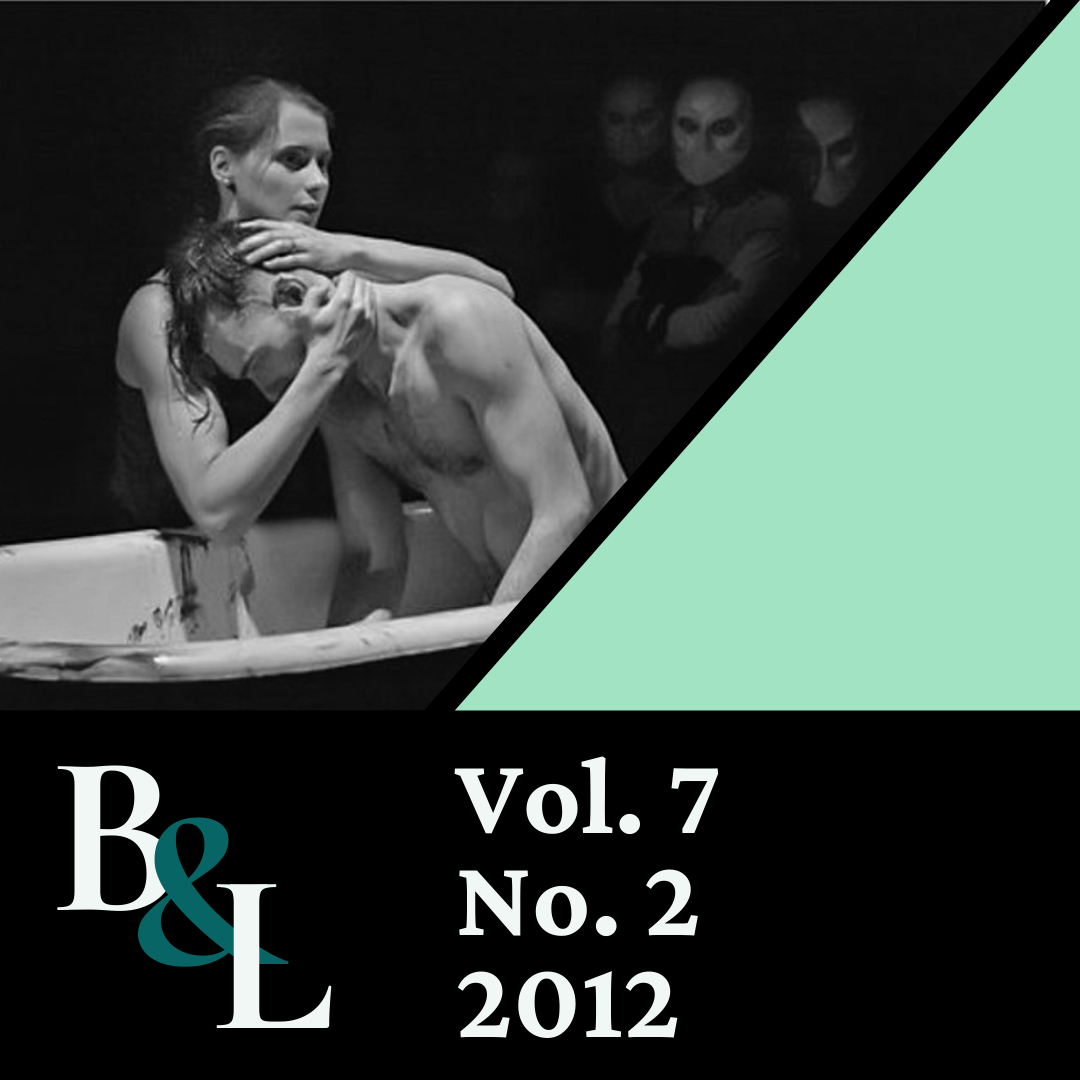Music as Facing-Page Translation in Baz Luhrmann's Romeo + Juliet
Keywords:
Romeo and Juliet, Baz Luhrmann, Musicology, SemioticsAbstract
Andrew Goodwin observes that "[o]ne absence in postmodern theorizing about music television lies in the neglect of music," and this crucial absence extends to assessments of Baz Luhrmann's William Shakespeare's Romeo + Juliet. Although film critics and scholars have almost universally cited "MTV stylings" and the teen-friendly soundtrack as central to the film's success, none of them has examined the music itself in more than a cursory fashion, raising the possibility that the highest-grossing Shakespeare film in cinematic history has been fundamentally mischaracterized. While it is true that Romeo + Juliet's flash-cut camerawork often gives it a music-video-like visual style and that Twentieth Century Fox vigorously marketed the film with the music-television demographic, the MTV references obscure Luhrmann's unusual approach to using music in adapting Shakespeare for the screen — in particular, his striking decision to have it provide "modern-day . . . equivalencies that could decode the language of Shakespeare." Using both semiological and musicological approaches, I analyze the function and effects of the music track in Romeo + Juliet and conclude that its "translational" mandate makes it behave very differently not only from the music in a video, but also from most movie sound tracks. Far from providing an entrée into or helping "dumb down" the source material for a Shakespeare-challenged audience, the fragmented sound collage of Romeo + Juliet serves as an agent of disruption, working to alienate the viewer, psychologically and physically, from the fictive world and to trigger a strenuous intellectual effort. Ironically, this purported source of the movie's commercial success enacts Eisenstein's Marxist notion of the cinematic experience as an active dialectical process.


